Latest

Molecules secreted by parasitic worms found to reduce scarring during wound healing
Researchers have discovered that a protein produced by parasitic worms in the gut enhances wound healing in mice.

3D-printed ceramics bring quantum tech one step closer to the reality
3D-printed ceramics enable smaller, more stable quantum devices for applications in quantum computing, sensing, and communications.
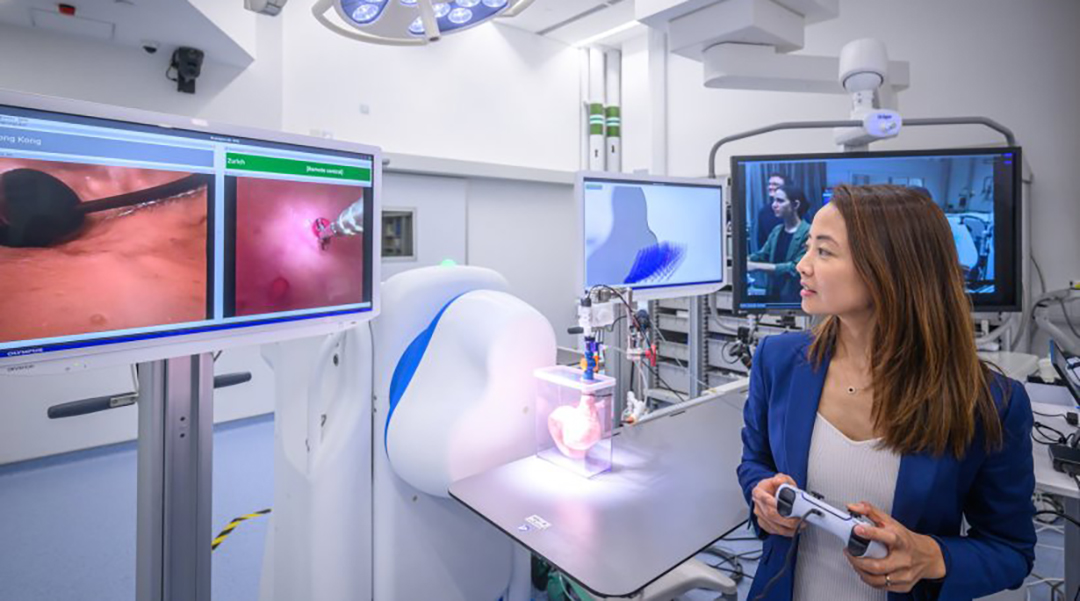
Remote-controlled robot is changing the game for endoscopes
A new teleoperated robot makes it possible to perform endoscopes remotely, making the procedure available in underserviced regions.

Gigantic cosmic strings may have spawned supermassive black holes and galaxies
Scientists theorize that cosmic strings interacting with dense matter in the early universe provided the seeds for galaxies and black holes.

How flickering lights cause hallucinations in our brains
Scientists have solved a centuries-old mystery that could help develop new forms of non-invasive brain therapy.
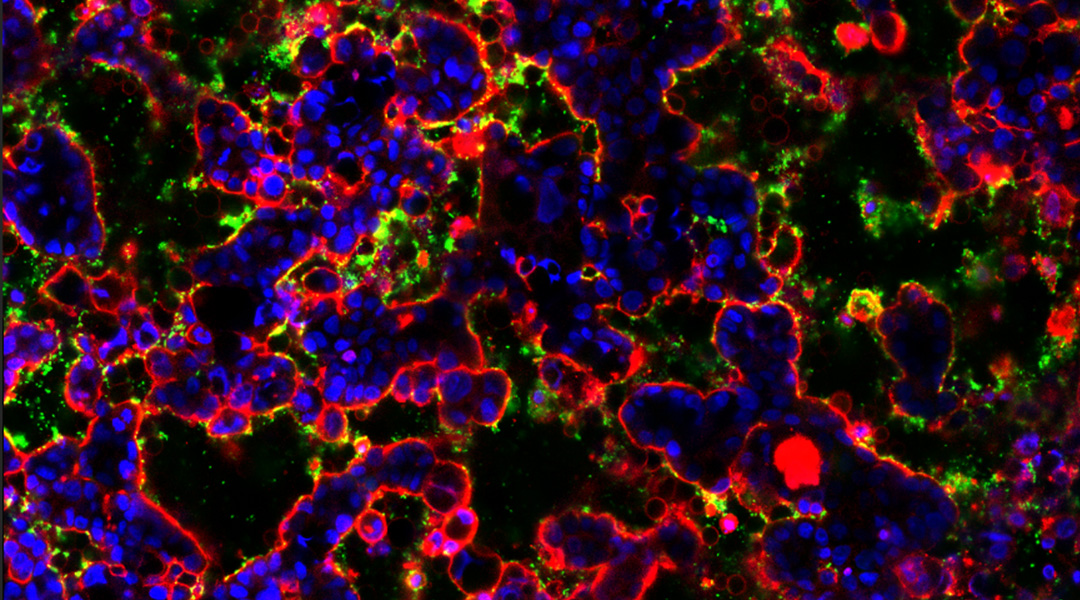
How a gut-on-a-chip is getting to the bottom of our gut’s microbiome
This artificial gut will allow scientists to gain deeper insights into the biome that exists there and how dysregulation can lead to disease.
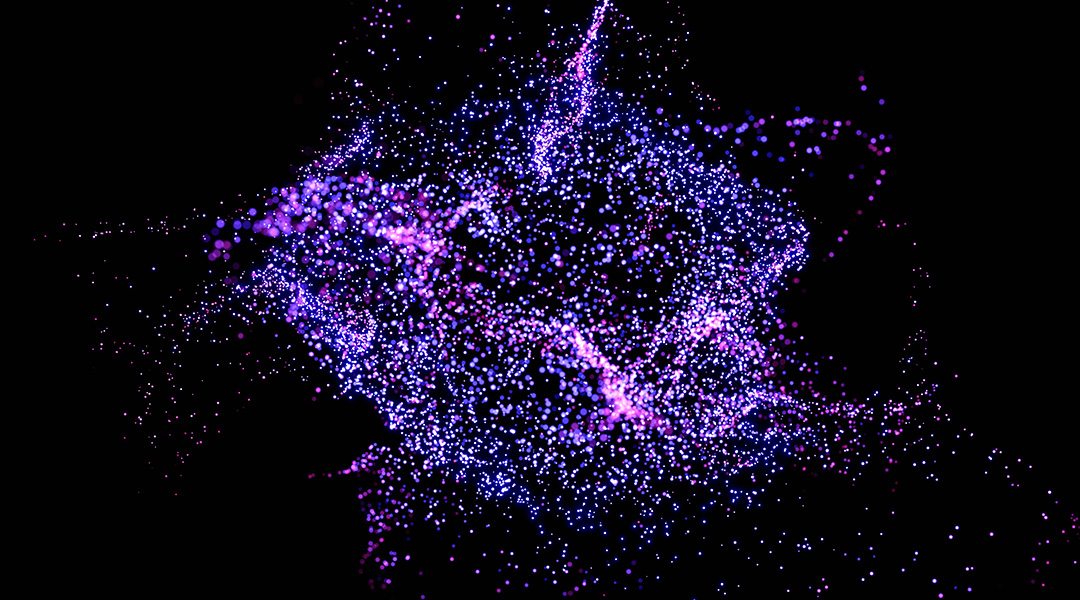
Nanovehicles take aim at tumor cells for better chemotherapy
Nanoparticles with innovative coatings target tumor cells, enhancing chemotherapy effectiveness while minimizing side effects.
ASN Weekly
Sign up for our weekly newsletter and receive the latest science news directly to your inbox.
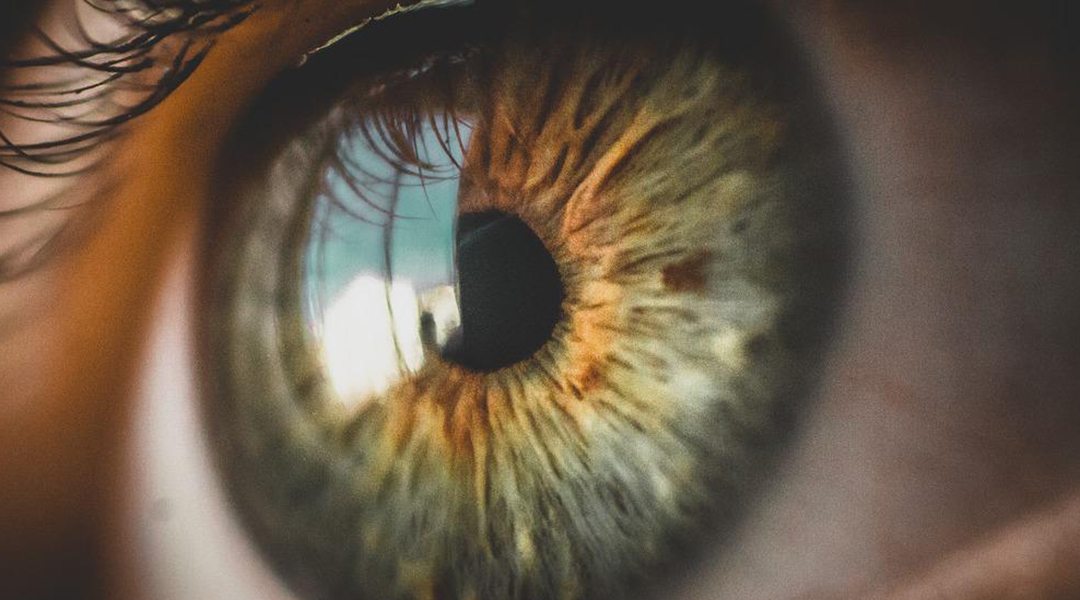
Robotic eyes unconstrained by human perception
Forcing robots to see through a human’s eyes is limiting. Smart robotic eyes that can think for themselves could be the answer.
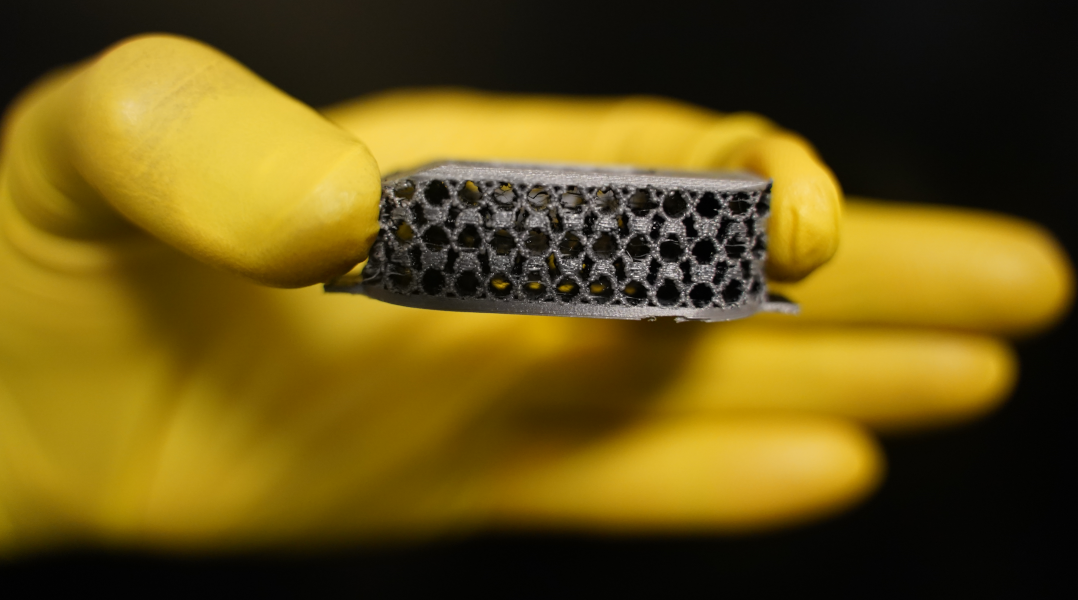
Bone healing with self-aware implants
While radiographic imaging can evaluate bone healing post surgery, a smart, self-aware implant could eliminate unnecessary exposure to radiation.
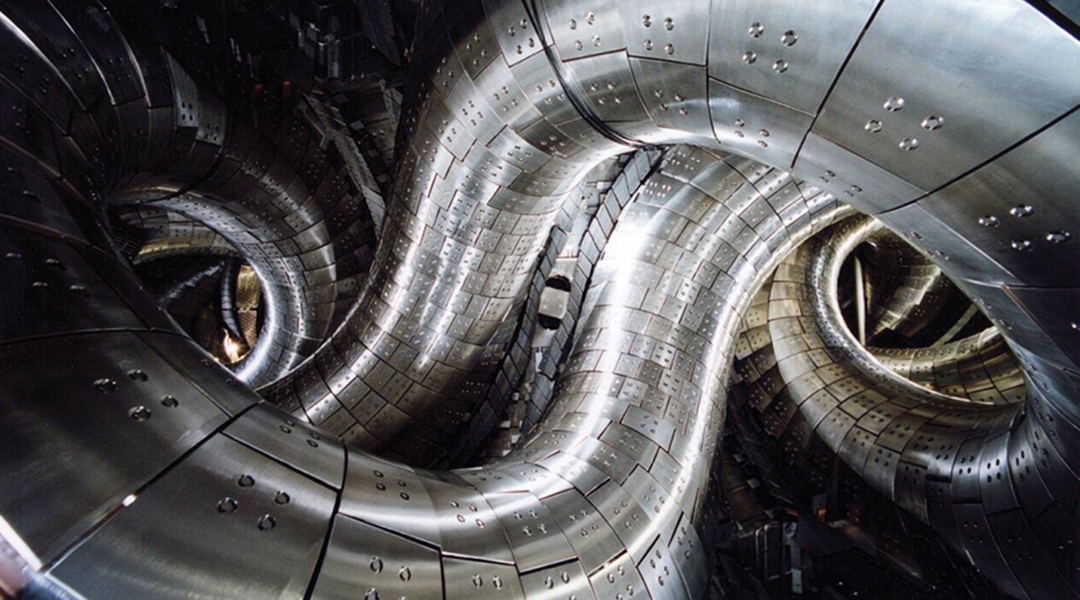
High-speed plasma turbulence measured in nuclear fusion reactor for the first time
Understanding the physics of plasma instabilities and developing the ability to control them is crucial for a working nuclear fusion reactor.

Does dark matter really exist?
Tweaking the rules of gravity via Modified Newtonian dynamics provides a possible alternative explanation for the behavior of galaxies
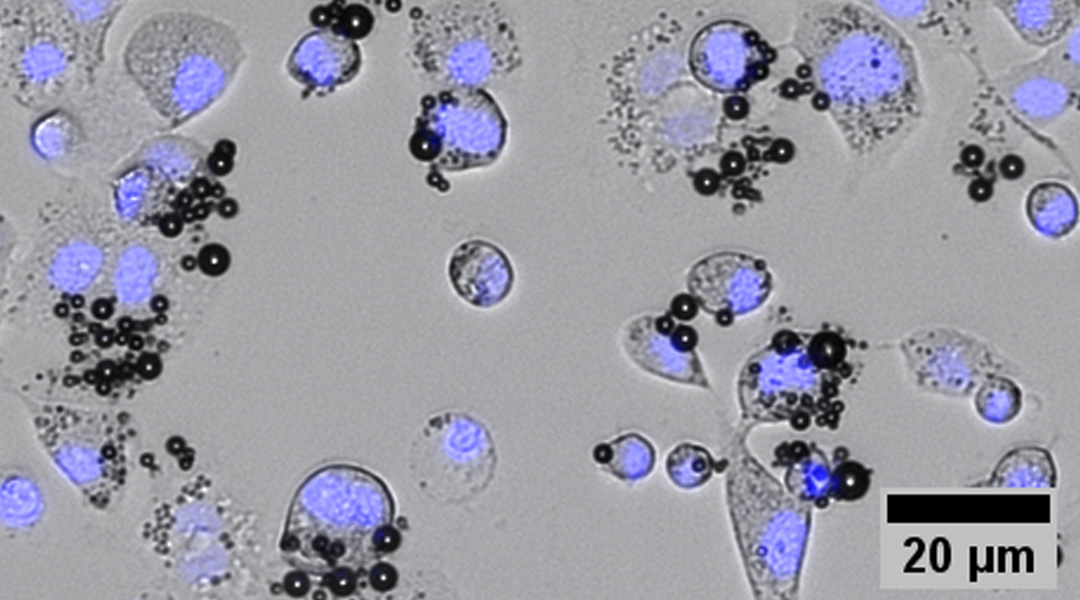
Cancer immunotherapy gets a boost from microbubbles
A fragile cancer immunotherapy agent “cGAMP” is delivered to tumor sites using tiny bubbles that protect it until it reaches its destination.

The complex path to the development of the infant microbiome
The infant microbiome can be built from a dizzying array of different sources.
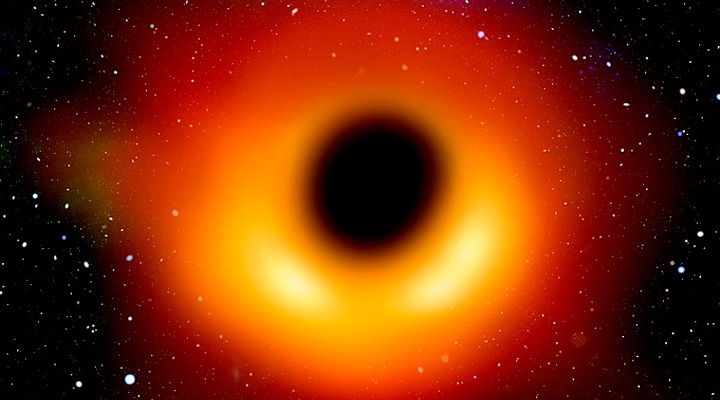
Detecting black hole radiation with future telescopes
Finding the Universe’s first black holes with the help of Hawking radiation.
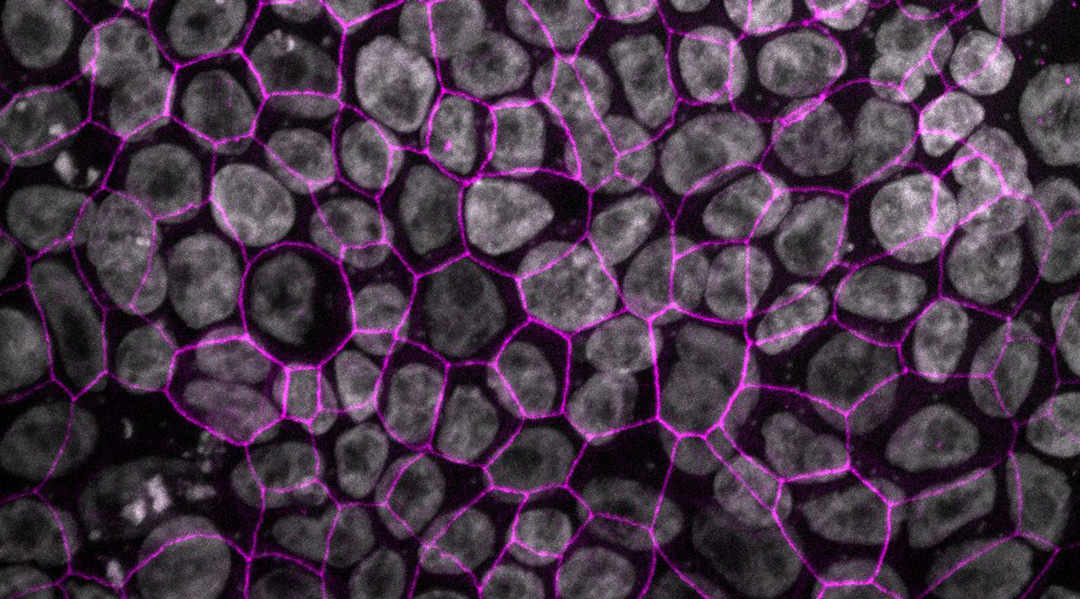
Novel lung model to test drugs and understand infections
New lung model raises hopes for more realistic modeling of new drugs and therapies.
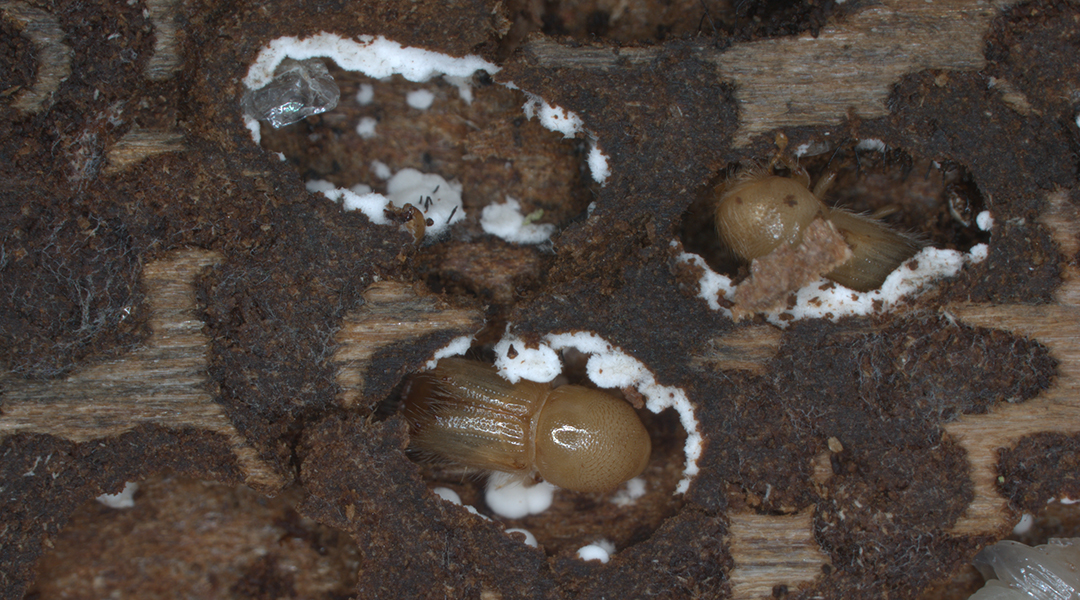
Bark beetles and fungi: A lethal chemical alliance
New study clarifies symbiotic link between bark beetles and fungi in the destruction of coniferous forests.
No Results Found
The page you requested could not be found. Try refining your search, or use the navigation above to locate the post.
No Results Found
The page you requested could not be found. Try refining your search, or use the navigation above to locate the post.
No Results Found
The page you requested could not be found. Try refining your search, or use the navigation above to locate the post.
No Results Found
The page you requested could not be found. Try refining your search, or use the navigation above to locate the post.
No Results Found
The page you requested could not be found. Try refining your search, or use the navigation above to locate the post.
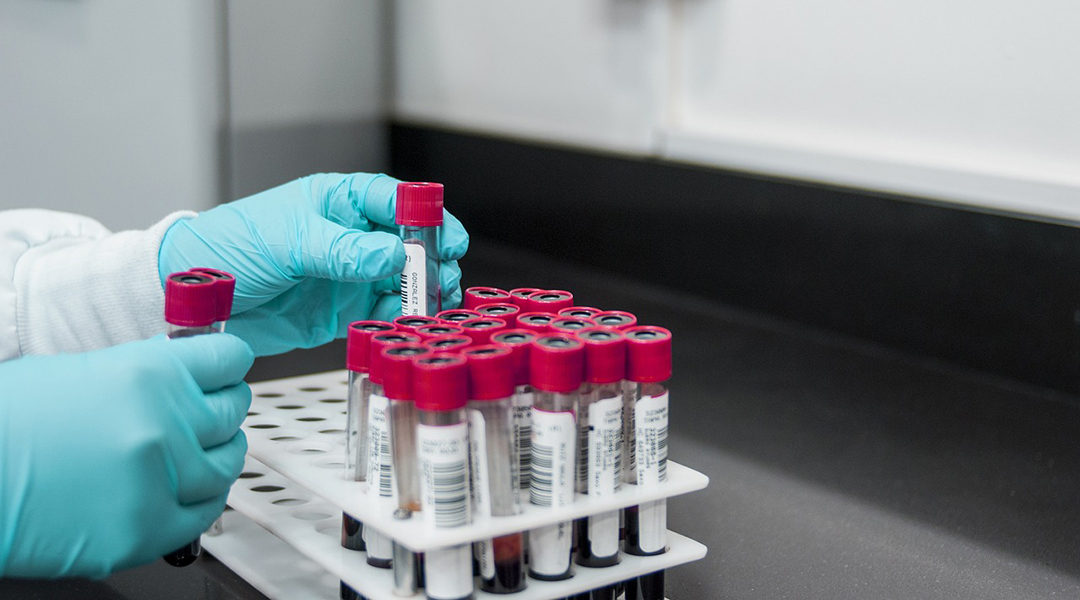
A new, simple test enables early detection of ovarian cancer
Scientists are hopeful that a new, more sensitive test for detecting ovarian cancer might provide better options, especially for patients with BRCA genes.
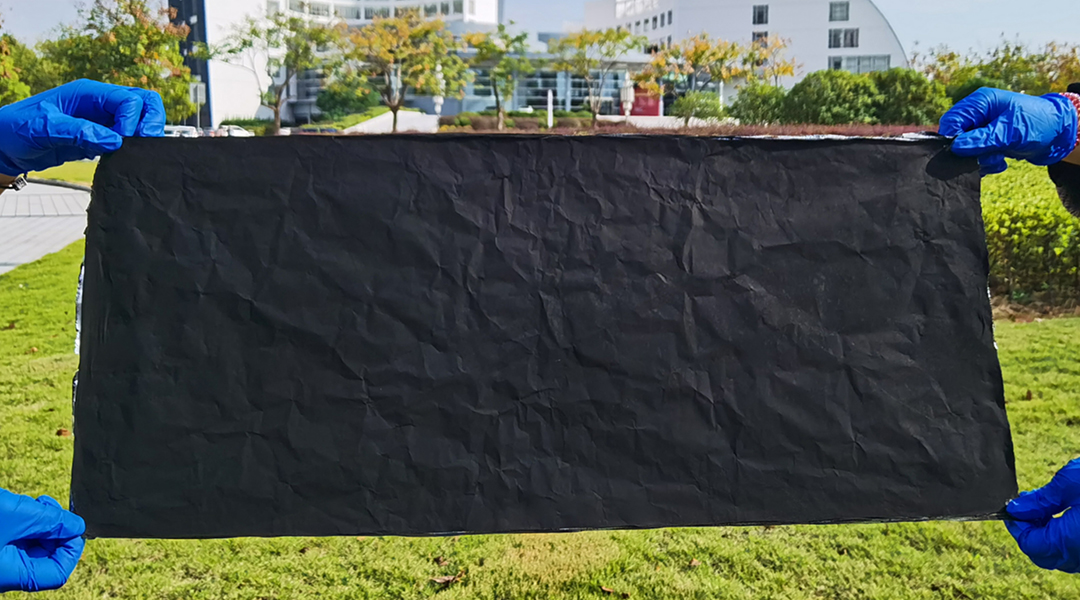
SPRABE: A stretchable, breathable, and self-adhesive electronic skin
Researchers create a multi-layered electronic skin that mimics human skin with applications ranging from robotics to telehealth.

AI is revolutionizing manual cell counting
AI is changing the labor-intensive process of manual cell counting, offering improved accuracy, efficiency, and a door into new scientific applications.
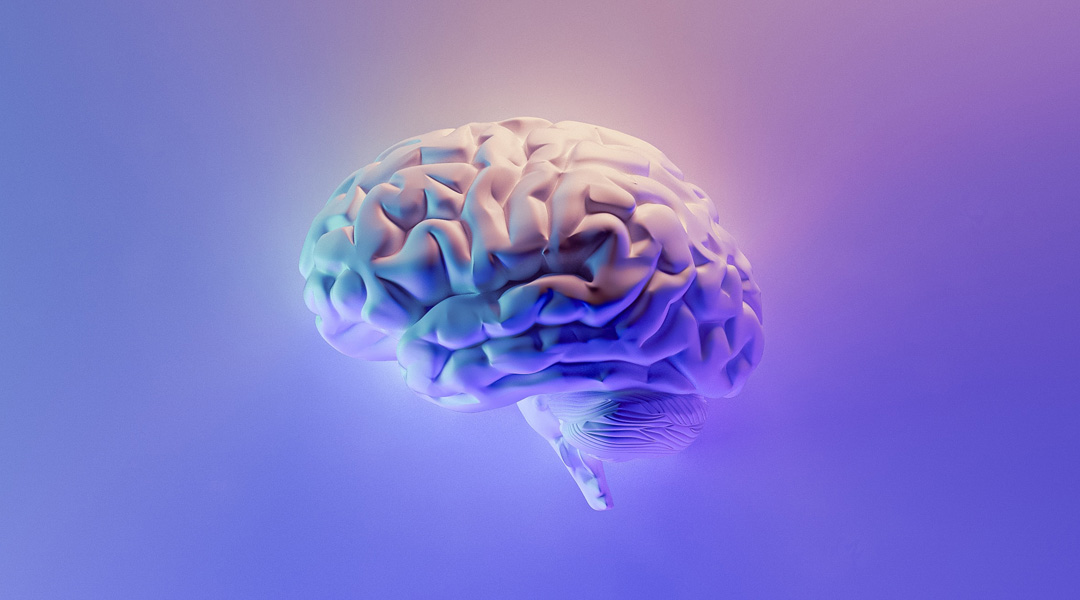
3D bioprinting to unveil the secrets of the brain
When building a functional model of the brain, it’s crucial to think about more than just neurons.

Violets help scientists build a 4D-printed catapult
Taking inspiration from nature, scientists create a two-component catapult that overcomes limitations in 4D printing.
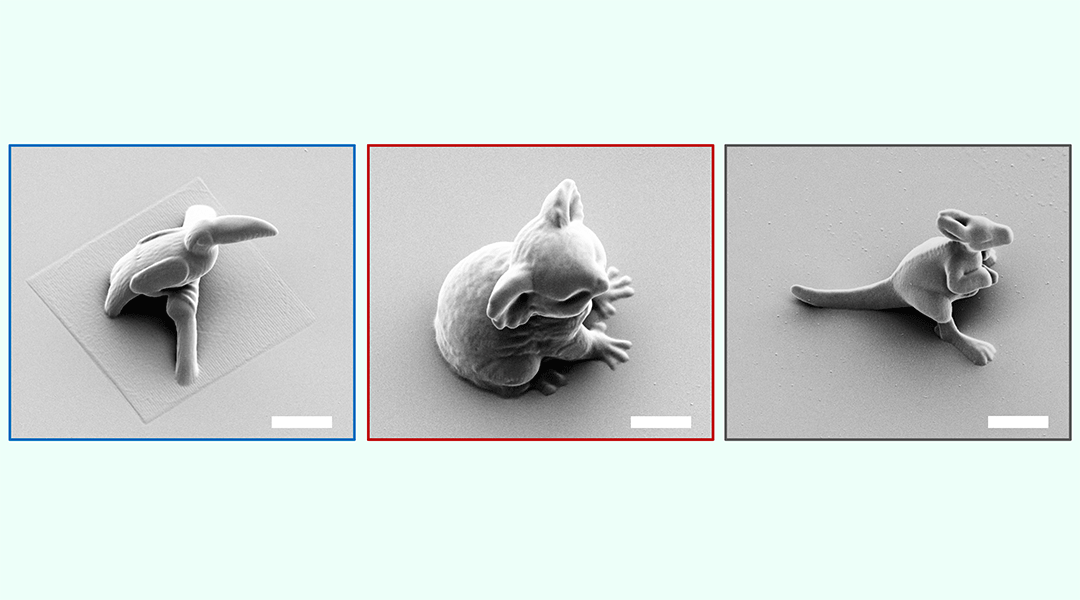
New inks print tiny 3D structures with ultimate precision
Defining the molecular sequence of ink ingredients gives chemical engineers precise control of microscopic 3D printing.
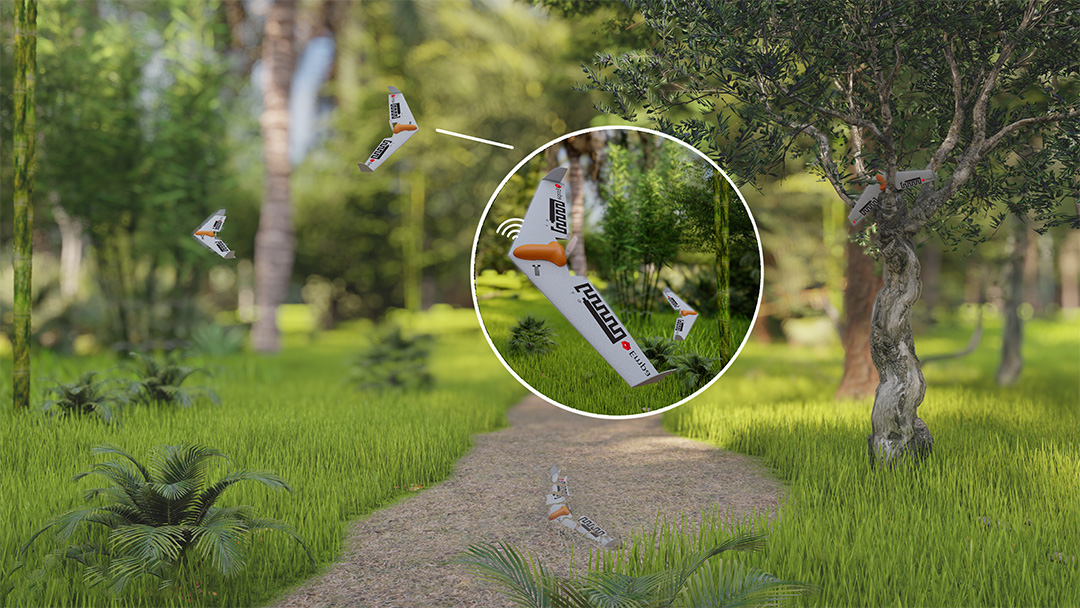
A biodegradable drone for environmental monitoring
The forest floor should be able to make a meal out of this new drone made of almost completely from biodegradable parts.

Using light to power wireless brain-like computers
An optical device uses light-based signals for computation and communication and is a vital step toward advanced neuromorphic computers.

Foldable and recyclable paper electronics
A conductive, cellulose-based nanopaper allows researchers to print paper electronics without needing expensive microfabrication techniques.

Supercharging carbon dioxide capture
A new carbon capture technique called supercapacitive swing adsorption separates carbon dioxide from gaseous mixtures in the air and industrial flue gases.
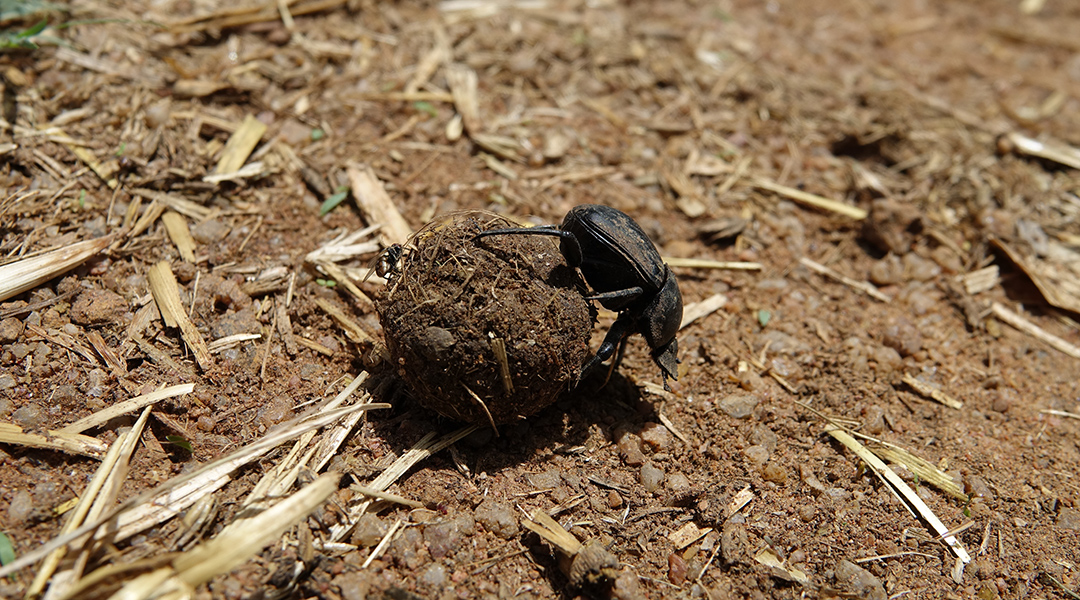
What influences where scarab beetles roll their dung balls?
A numerical model helps scientists understand how particularities of different terrains affect the trajectory and behavior of dung beetles.

Colorful ventral wings help birds avoid mid-flight collisions
The colorful markings on birds’ wings act as signals to help them avoid perilously crashing into one another when flying in large groups.
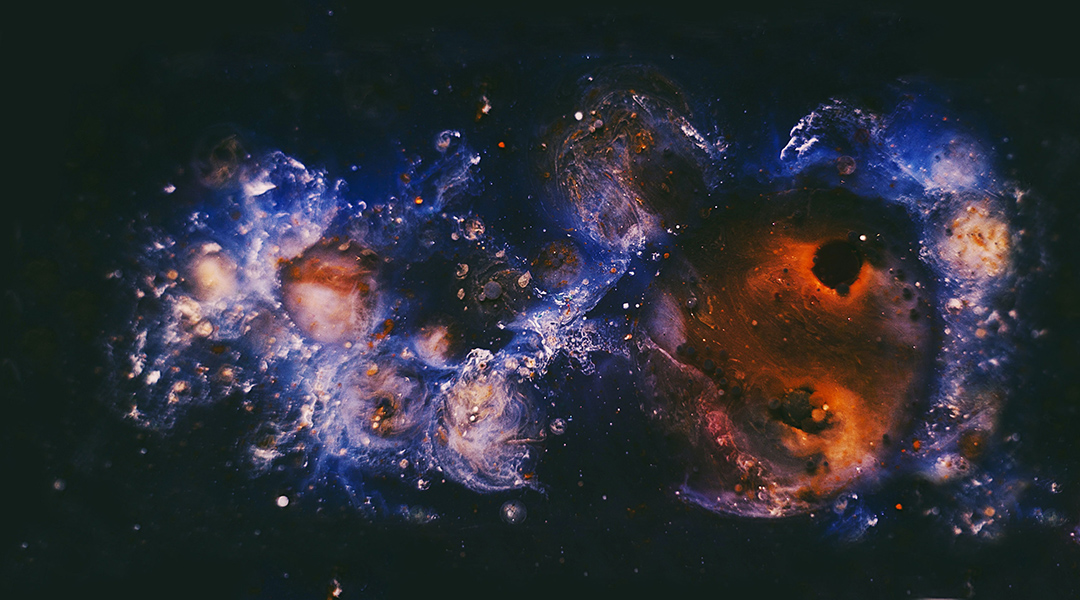
Explaining the Universe’s accelerated expansion without dark energy
A modification to the theory of general relativity makes it consistent with observable astronomical data without the need for dark energy.
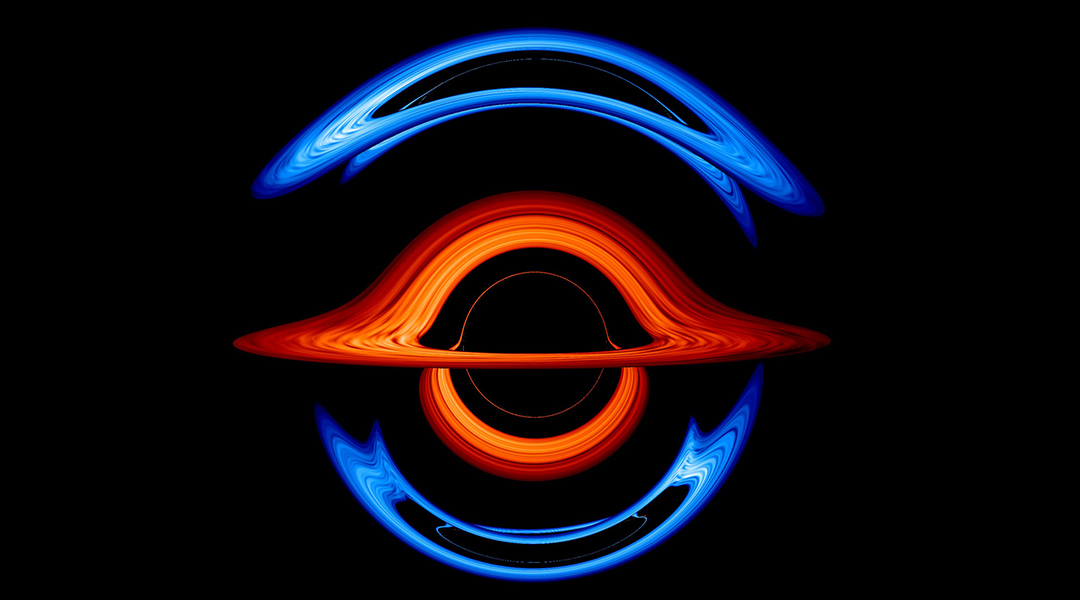
New type of black hole merger may have just been observed
Merging pairs of black holes are thought to have originated from binary stars, but new observations indicate this might not always be true.

A breakthrough in nuclear fusion announced
After decades of experimentation, US scientists achieve ignition in a controlled fusion experiment for the first time.
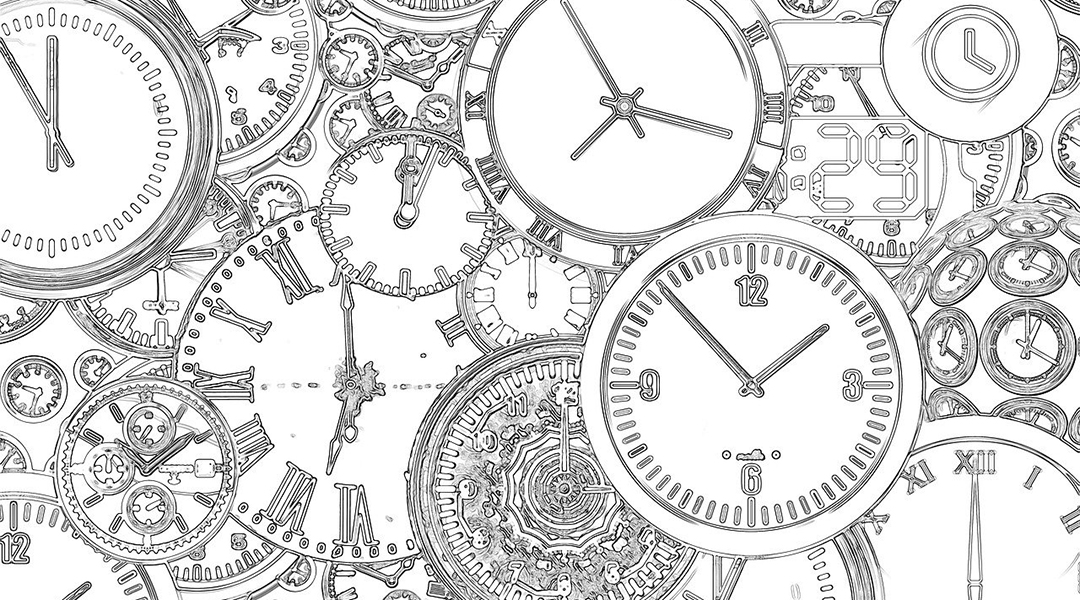
Building ultra-precise clocks thanks to quantum entanglement
Scientists use quantum entanglement to compare two atomic clocks achieving what might be the ultimate precision possible.



